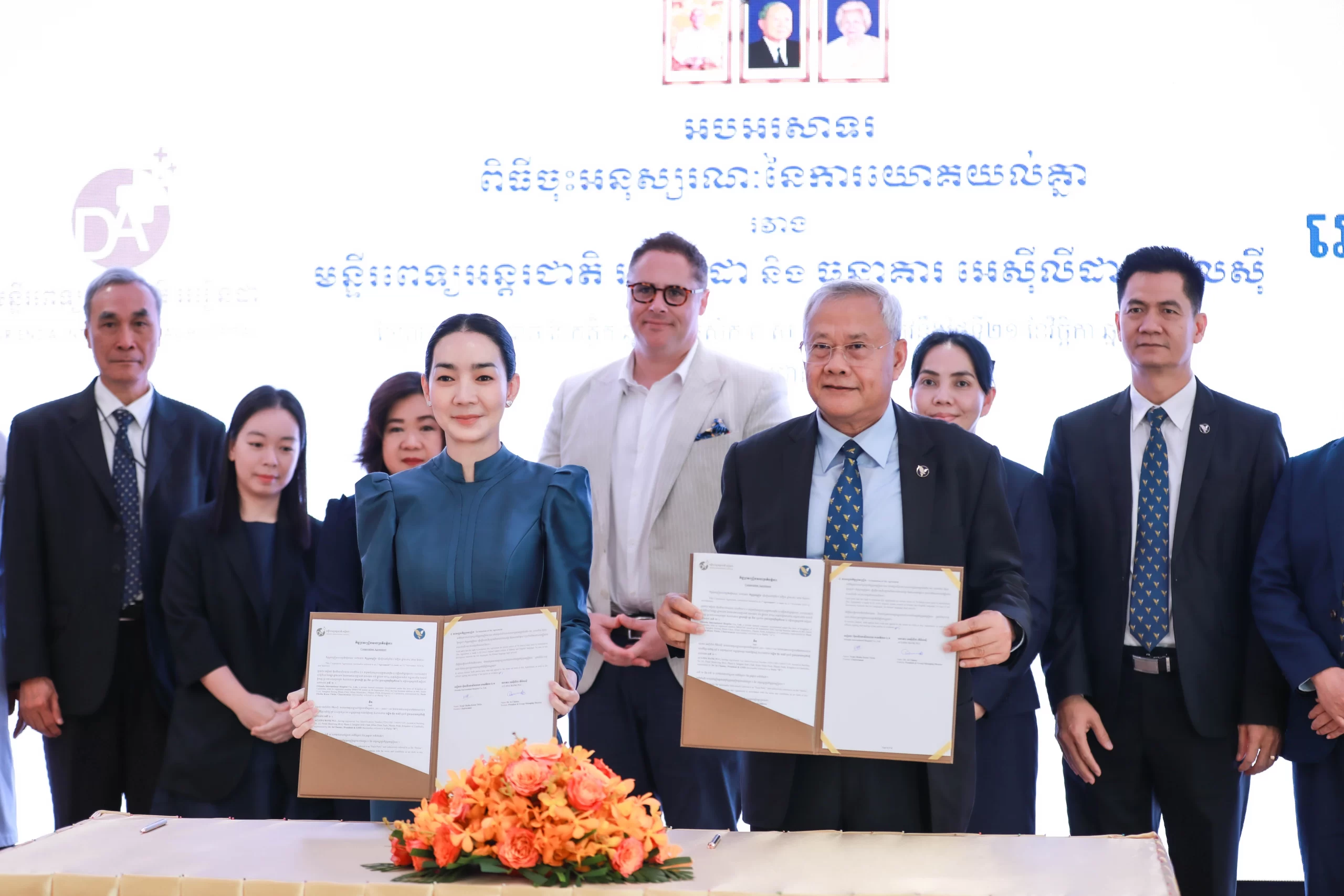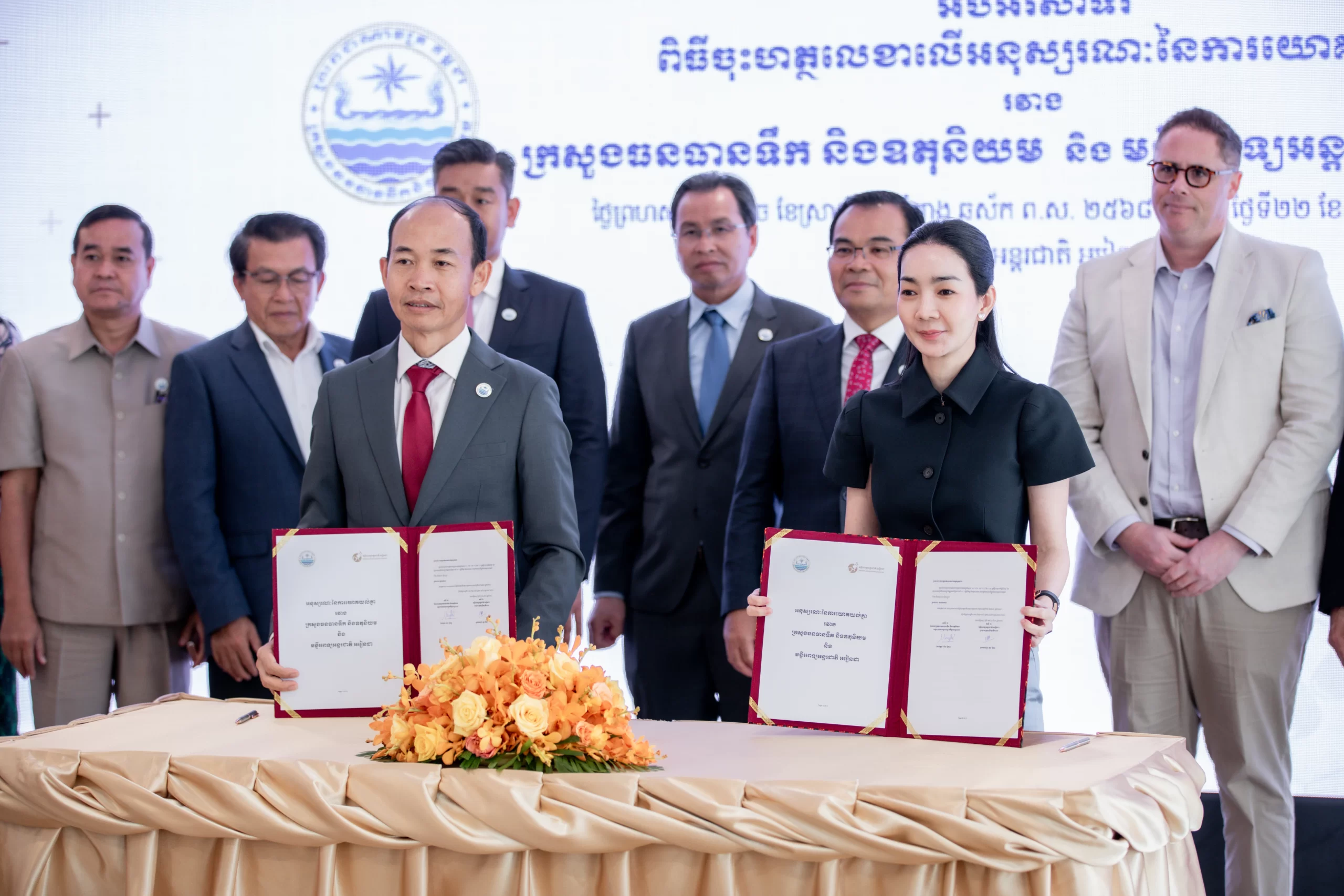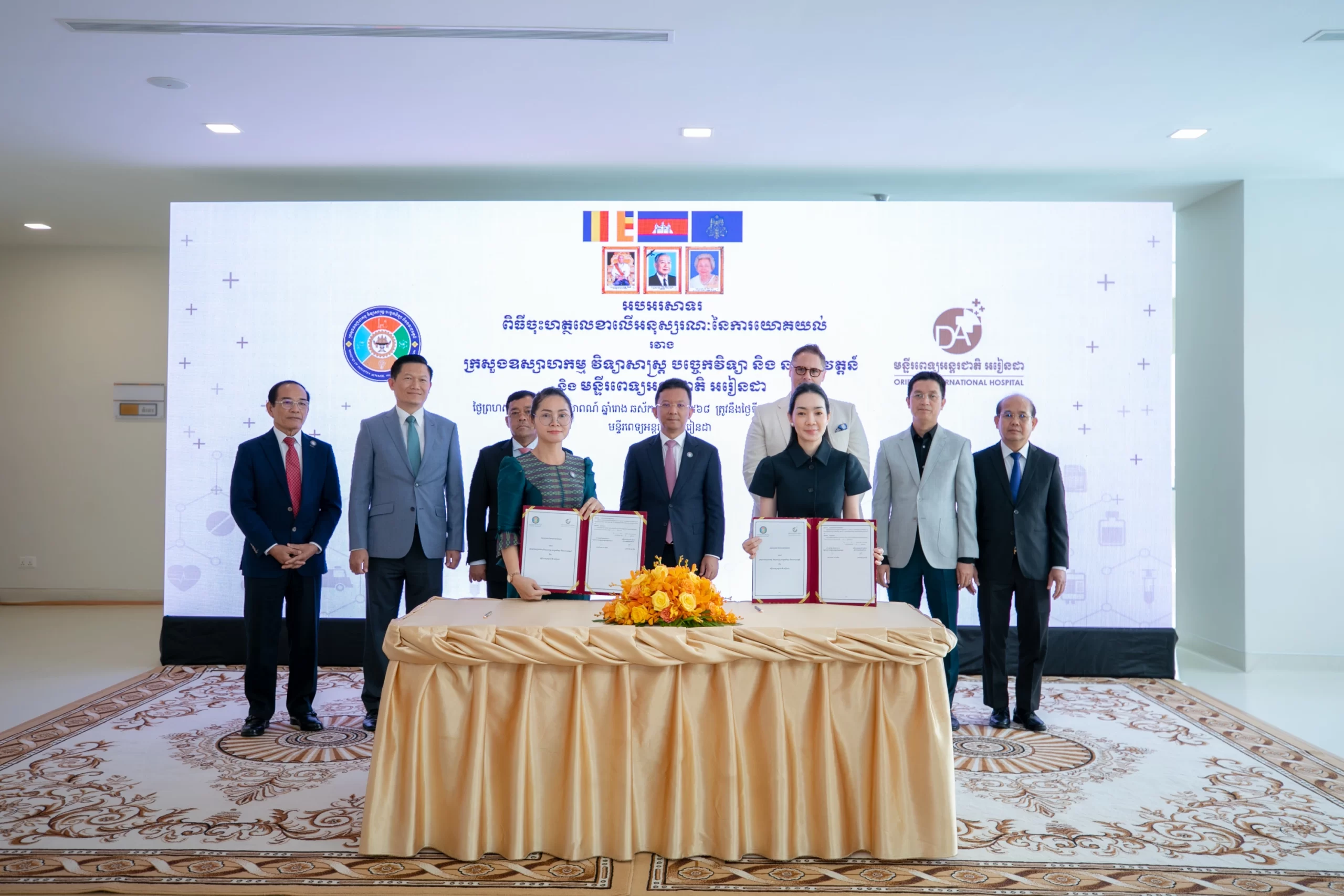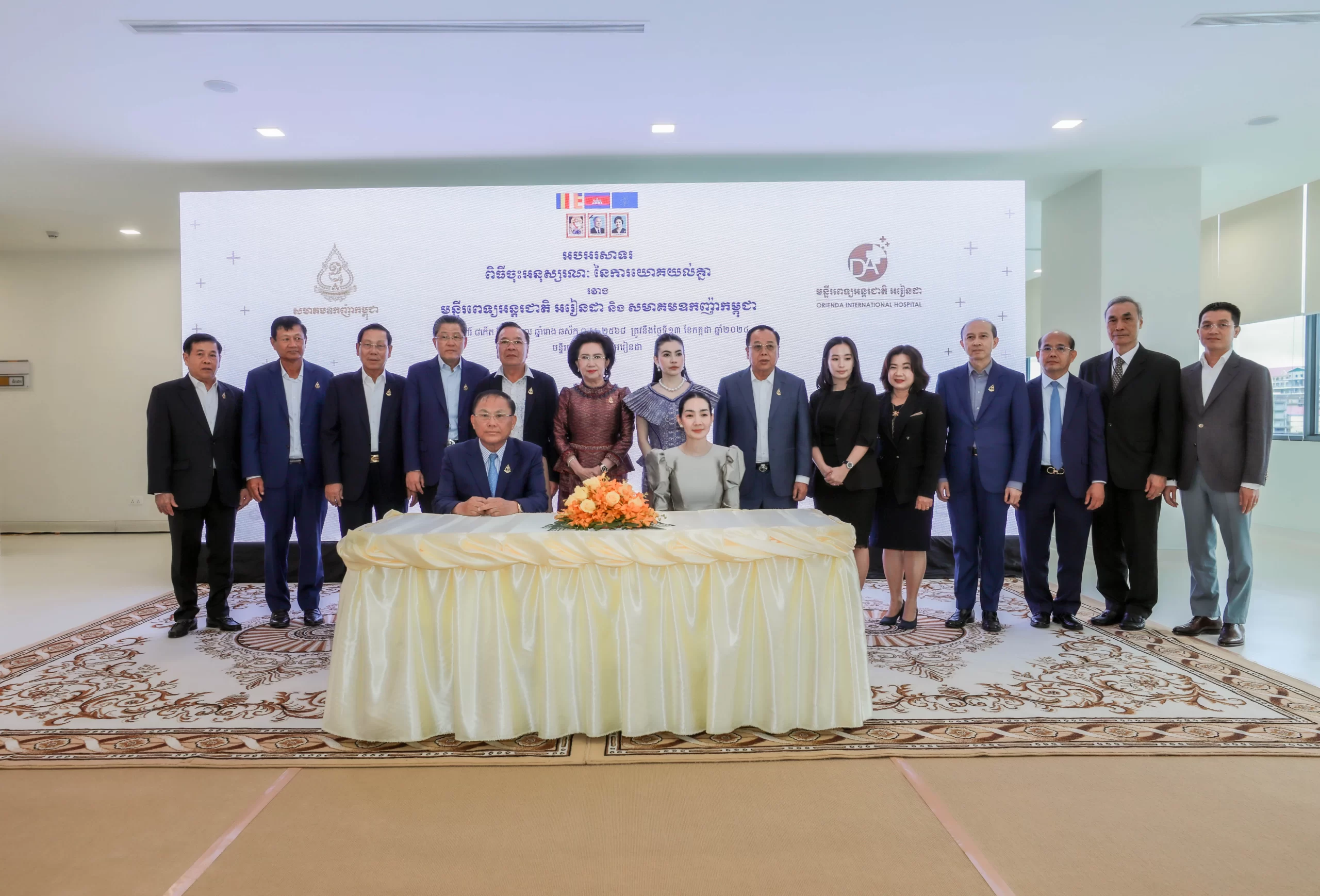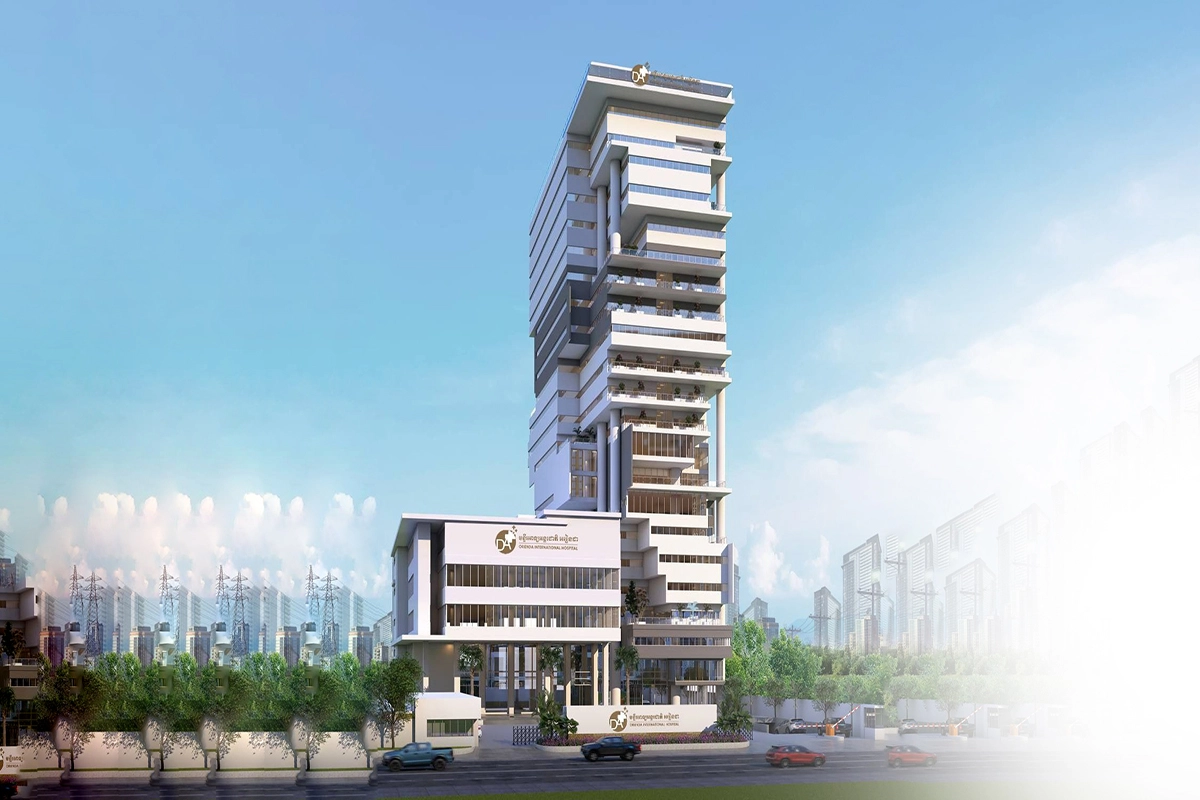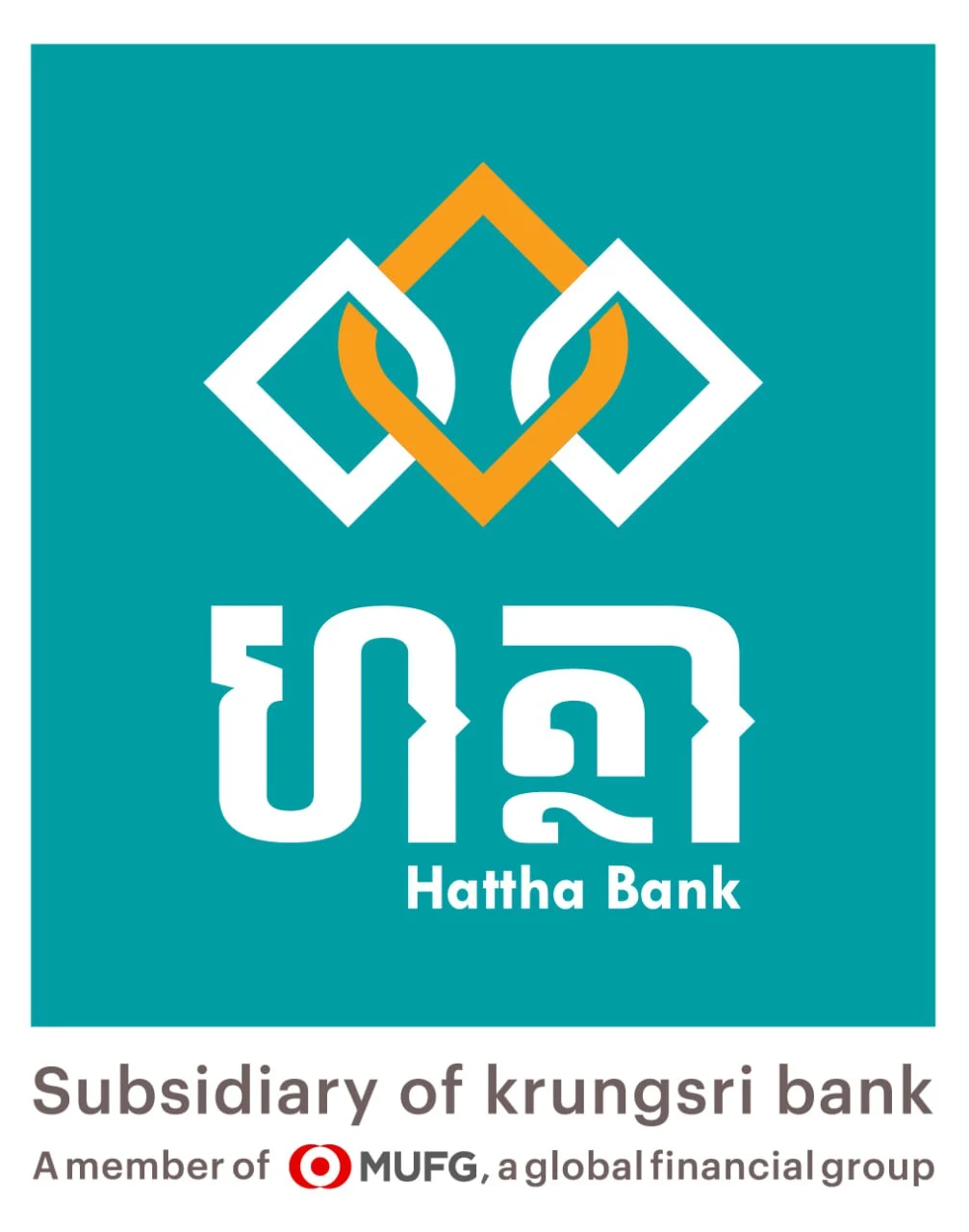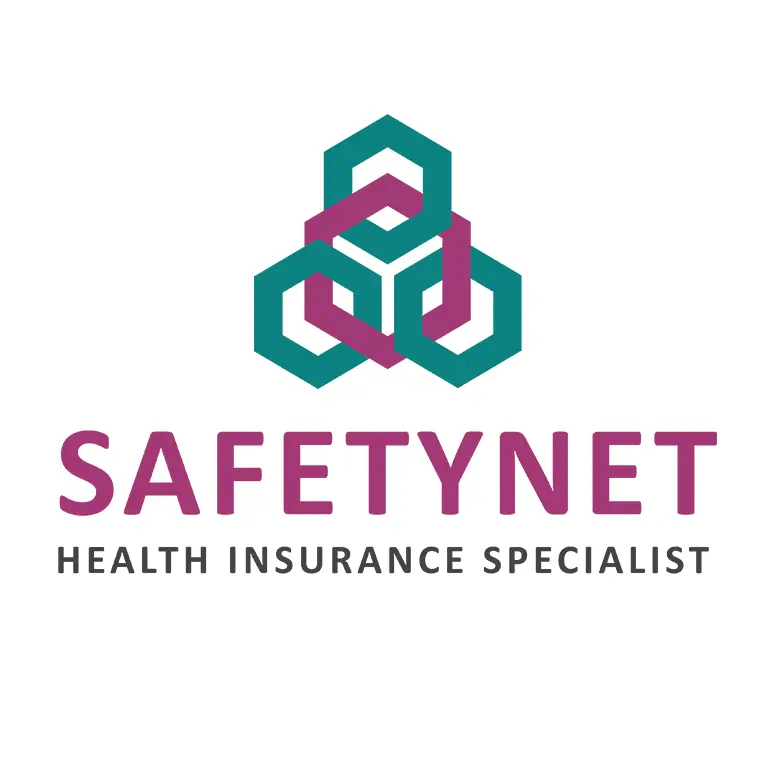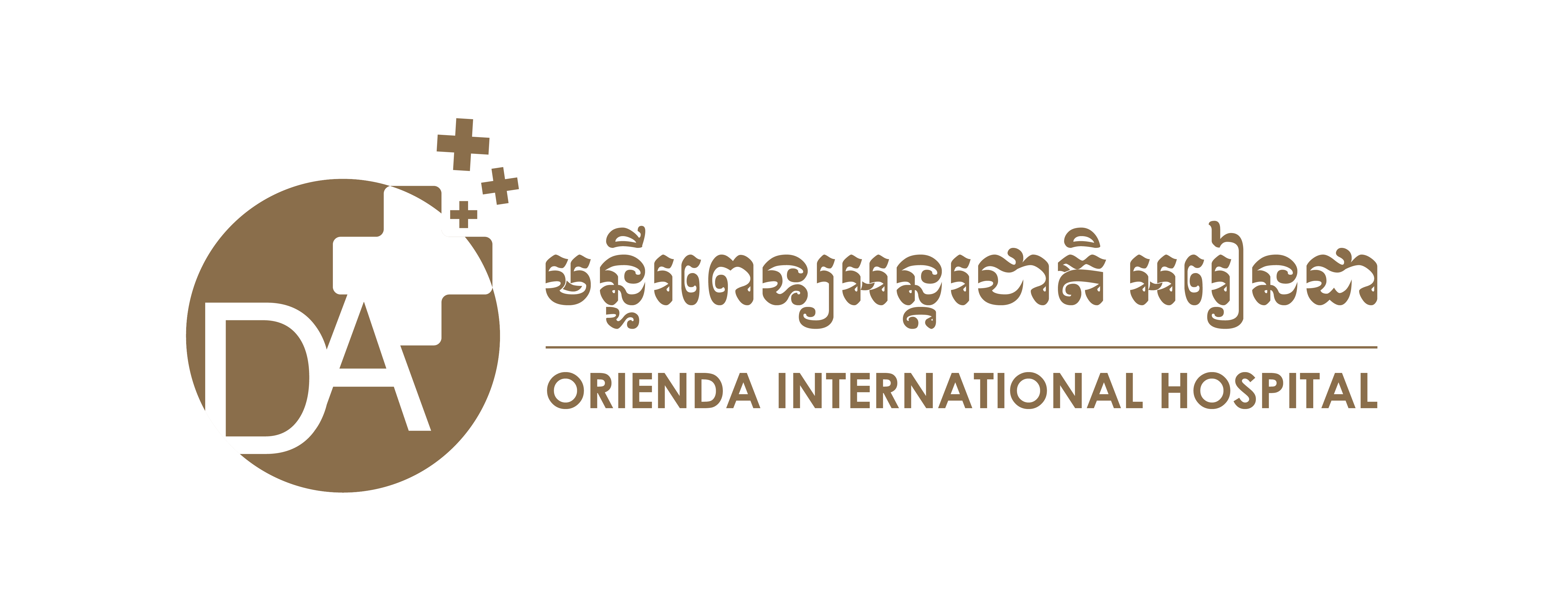
Find a Doctor
Choose by name, specialty and more.

Send an Inquiry
Ask about our treatments and services

Book Appointment
Schedule your visit online.
Neck Nape Pain, the Beginning of Cervical Spondylosis, by Matee Phakawech, M.D.
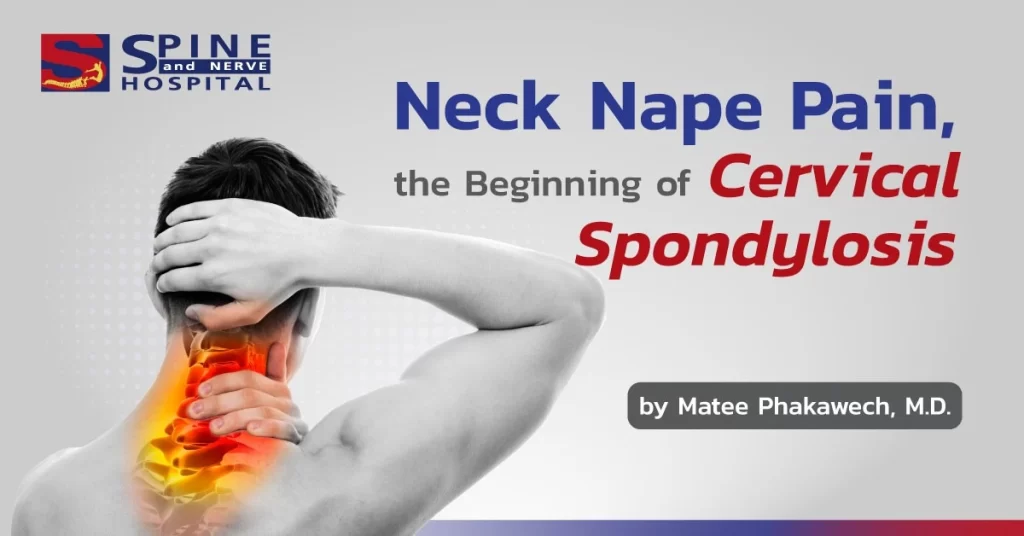
“Chronic neck pain, or cervical spondylosis, is a condition that many people often say has no cure. Most people endure this pain for more than 10 years. The cause is usually attributed to advancing age and the degeneration of the cervical spine that follows. Some individuals may already have 3–4 degenerated points in their cervical spine without realizing it. If left untreated for an extended period, it can develop into a chronic pain condition that is more difficult to treat.” – Matee Phakawech, M.D., Spine Specialist
The True Underlying Cause of Cervical Spondylosis
As one age, the intervertebral discs gradually diminish or degenerate. Symptoms usually begin with chronic neck pain or intermittent neck pain, commonly seen in individuals aged around 40 and above. Besides age, another significant factor contributing to cervical spondylosis is frequent and forceful neck movements, which can accelerate the degeneration process. Approximately 80% of cases involve degeneration in the vertebrae at the C5/C6 level of the cervical spine since this level is frequently used for turning or tilting the head. The next most commonly affected levels are C4/C5 and C6/C7, respectively.
Currently, there is a growing trend of cervical spondylosis among Thai people, as indicated by statistics from the S Spine and Nerve Hospital. It was discovered that from 2018 to the present, there has been a four-fold increase in patients seeking treatment, particularly among teenagers and working-age individuals. The main causes are prolonged periods of work without changing posture, as well as the habit of bending the neck while using mobile phones, which is prevalent in today’s society.
Did You Know? Symptoms of Neck Pain Can Indicate the Location of Cervical Spondylosis
• Intervertebral disc at the C3-C4 level of the cervical spine: This is the highest point of the cervical spondylosis. Symptoms include pain at the nape of the neck that may resemble migraine headaches.
• Intervertebral disc at the C4-C5 level of the cervical spine: Pain is felt in the neck and shoulder.
• Intervertebral disc at the C5-C6 level of the cervical spine: Pain is felt in the shoulder blades.
• Intervertebral disc at the C6-C7 level of the cervical spine: Pain is felt on the inside or lower side of the shoulder blades.
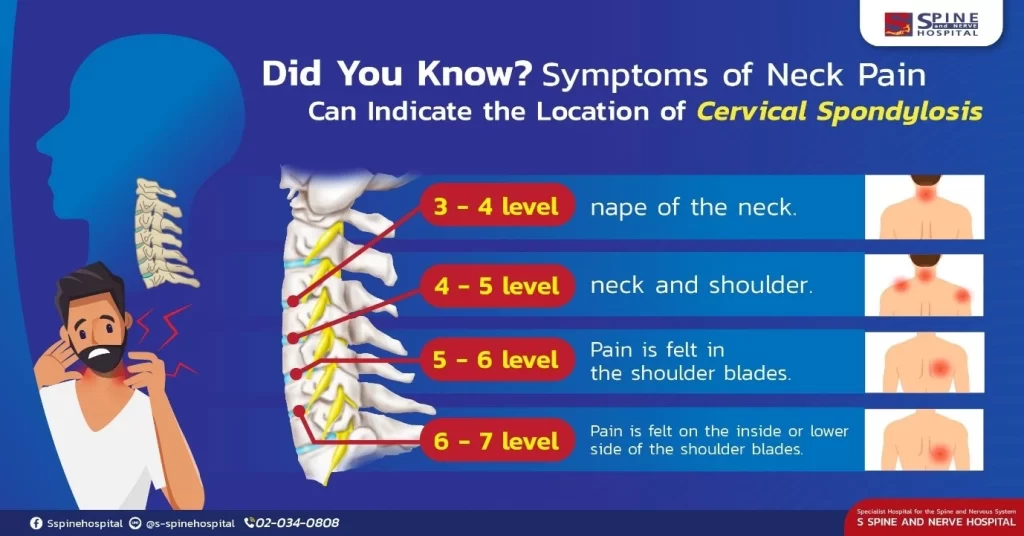
How to Determine the Location Where Nape Neck Pain Occurs?
Although it is possible to infer the symptoms of pain to the location of the herniated disc, for accuracy and to diagnose the actual condition, an MRI is recommended. An MRI can precisely show the extent of pressure on the nerves caused by a herniated disc or the degree of cervical spondylosis. If the nerves are significantly compressed, it is advisable to seek treatment promptly. Delaying treatment for an extended period may result in permanent nerve damage and incomplete recovery.
What to Do to Avoid Cervical Spondylosis?
It’s necessary to understand that the joints in our body degenerate with heavy use. The parts that are heavily used deteriorate more quickly. If you want to prevent cervical spondylosis, here are ways to avoid it:
• Avoid Prolonged Forward Bending: The more you bend your neck, the faster the cervical spine degenerates.
• Avoid Using a High Pillow for Sleeping: The higher the pillow, the more your neck will fold in a way similar to forward bending.
Treatment Guidelines for Cervical Spondylosis
The treatment for cervical spondylosis can vary depending on the severity of the condition. When mild abnormalities are detected, treatment often involves a combination of medication and physical therapy to strengthen the muscles in the neck region. In some cases where there is inflammation of the nerves in the affected area, a doctor may recommend injections of medication directly into the affected region.
If the previously mentioned treatments do not improve neck pain, surgery may be another option to help alleviate cervical spondylosis. In modern medicine, there have been advancements in effective treatment methods, including:
1. Laser Therapy (LASER): This method is used when an MRI scan reveals that an intervertebral disc is bulging, compressing the nerves. Laser therapy can be employed to shrink the affected area, allowing it to return to its normal state.
2. Drilling Facet joint, lateral mass the Neck, or Percutaneous Stenoscopic Cervical Decompression (PSCD): In this procedure, a physician clears the path and relieves pressure on almost all of the compressed nerves. According to data from S Spine and Nerve Hospital, a physician has treated up to 6 locations of cervical spondylosis in a single session, resulting in recovered nape neck pain. Many patients can experience a greater quality of life post-treatment. However, this procedure should be performed by an experienced physician specialized in cervical spine treatment.
3. Surgery of the intervertebral disc, known as Hybrid Anterior Cervical Discectomy and Fusion (Hybrid ACDF), is used when there is significant degeneration of the cervical spine, or when intervertebral discs are herniated or ruptured cause cervical myelopathy, and it aims to connect the problematic vertebrae to immobilize the area and prevent further issues.
However, cervical spondylosis is a condition that can significantly impact daily life and can occur at a relatively young age. If we take care of our neck health, avoid risky behaviors, and regularly monitor ourselves for the onset of nape neck pain, we can seek specialized spinal care when needed to determine the true underlying cause of the pain.
S-Spine And Nerve Products

Endoscopic Surgery For The Treatment Of Spinal Stenosis With The PSLD Technique
Spinal stenosis is one of the major causes of back pain. The disease is caused by a condition in which there is a narrowing of the vertebral cavity, which is the passage of nerves. Narrow stenosis may occur only at one
Read More >
Relieve The Discomfort Of Cervical Spine Pillow Syndrome Caused By Compressed Nerves Using The PSCD Technique.
Have you ever experienced neck pain or pain at the back of your head? Do you also have symptoms such as pain radiating down your arm, a headache at the back of your head, numbness in your fingers, and weakness due to compression of the cervical nerve?
Read More >Health Tips

Neck Nape Pain, The Beginning Of Cervical Spondylosis

Adjusting Phone Usage Position To Avoid Neck Pain















